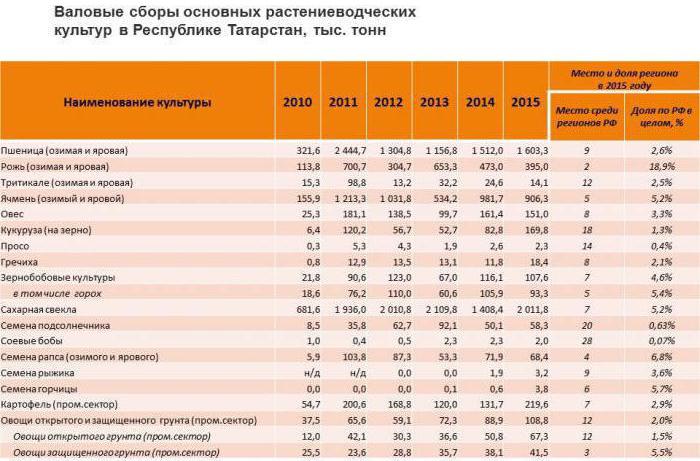Month of harvest in Australia. Features of agriculture
In order to determine the month of harvest in Australia, it is necessary to understand the weather and climate conditions of the continent.
When we have summer, in Australia - winter
The smallest continent on the planet is encircledsuch climatic zones: subequatorial, tropical and subtropical. Geographers, considering the island of Tasmania as part of Australia, add another moderate climatic belt.

The tropical belt is the widest, so the continentis the most arid on the planet. Less rain falls only in Antarctica. The location of Australia in the southern hemisphere determines the main feature of the climate: winter begins in June, and summer - in December.
Characteristics of the seasons:
- Winter is June-August. However, there is no winter habitual for Russians. This is the rainy season, the average air temperature is at the level of +15 ... +17 degrees, although in Victoria you can ride on snow on a snowboard.
- Spring - September-November. At this time it is not too cold and not very hot.
- Summer - December-February. But this is according to the calendar. The real summer begins earlier, it comes already in late October - early November, when the temperature rises to +30 degrees.
- Autumn is March-May.
When harvesting in Australia
Everywhere in the world, the main crop is harvested in autumn. It also happens on the smallest continent. April (mid-autumn) is the harvest month in Australia, when grain, oilseeds and vegetables are harvested in the fields, as well as grapes. It is for this period that many national holidays fall out, the most important of which is Easter. But the tropical climate introduced features in the seasonality of harvesting agricultural crops with a short growing season - cereals and vegetables. Also, there are features of collecting fruits.

Wheat in Australia is harvested 2 times a year. The first time in April, the second in December, when winter crops are ripening. The crops are quite rich, with 60% of the grain being exported.
A large number of sunny days on the mainland andan average annual temperature of +25 degrees contributes to the fact that vegetables in Australia ripen 3 times a year. This ensures the collection of up to 300 tons per year of products such as potatoes, tomatoes, carrots, etc.
In the south and south-east of the country is especially developedgardening. In irrigated orchards, citrus fruits, plums, cherries, apricots and peaches are grown. The state of Queensland is actively collecting the most famous Australian fruits: bananas, pineapples, papayas and mangoes. They keep pace after the New Year. January is also the month of harvest in Australia. Fruits are collected for six months.
Agriculture of the country
Agriculture in Australia - the main industryeconomy of the state. It is distinguished by high marketability due to the fact that the harvest of cereals and vegetables is collected here several times a year, and the fruit harvesting period is also extended. The climate is favorable in terms of the amount of heat and light that plants receive during the year, but frequent droughts make it impossible for intensive use of land without irrigation.

Artificial irrigation is the main problemagriculture of Australia, as field cropping and vegetable growing occupy the main share of crop production here. The areas occupied for the cultivation of wheat on the mainland are the largest in the world. Cereals, oilseeds and legumes go to domestic consumption by the population and to feed livestock, as well as for export.
One of the important components of the country's economy is viticulture and winemaking, the income of which does not fall below 2 billion Australian dollars annually.
Australian livestock keepers are engaged in sheep breeding,producing the best quality and expensive wool in the world, dairy and beef cattle breeding, pig breeding, poultry farming are also developed. In Australia, horses and camels are bred. Much attention is paid to beekeeping.
Summary
Summing up, we can say that the main monthharvesting in Australia - April. Cereals are harvested twice (in April and December), vegetables - three times a year (in April, mid-December and once in the off-season), fruits are harvested from January to June.








